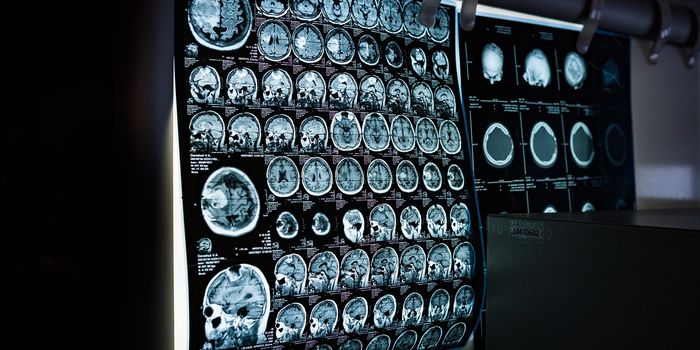In a new study from Oxford University, scientists ask: How does the human immune system rate an attack and decide how strongly to fight back? They describe the T cell response as “impulsive,” meaning that the regulatory cells of the immune system are responsible for dialing back the intensity of the response if necessary.
The possible solution to controlling the massive T cell response researchers examined in this study is an intricate relationship between T cells and dendritic cells, an intermediate component of the immune system that activates T cell responses to infection through transcription factors.
Scientists believe that the duration of the interaction between T cells and dendritic is responsible for controlling the severity of an immune response, with the dendritic cells facilitating the process of “reading” the situation to determine how serious the infection is. If it’s a weak virus or a small amount of bacteria that has entered the body, the dendritic cells might deliver a minor response. On the other hand, a sizeable, dangerous infection might mean the release of a massive amount of T cells into the bloodstream. Without regulators like dendritic cells, T cells might run rampant even during a minor infection.
“It brings risks of immunopathology, where an overactive immune system destroys healthy human tissue, not just the invading disease-causing pathogen,” said Oxford’s Michael Dustin, PhD.
The T cell-dendritic cell interaction revolves around the time T cells spend congregating around dendritic cells, as if waiting for a specific call to action. Dendritic cells herd T cells with the help of transcription factors, making T cells less mobile and more likely to group together. In a way, dendritic cells are “rounding up the troops” with transcription factor help, which works by reducing the levels of components T cells need in order to be mobile.
The Oxford scientists saw the dendritic cells react on a situation-by-situation basis, using the transcription factors to influence the growth and metabolism of T cells in accordance with the pathogenic threat at hand, creating just the right size army to fight the infection without hurting healthy cells. The longer the interaction between dendritic cells and T cells, the more severe an infection.
In certain situations, dendritic cells also help prevent the immune response stopping at a threshold, called “saturation.” “Overcoming saturation allows the immune system to keep scaling up its response to meet the demands of severe infection,” said Dr. Viveka Mayya.
Researchers from the study believe their findings are applicable to a wide variety of future studies on vaccine development, autoimmune disease, and chronic infection. With the right tools and continued research, scientists could soon create many new tools to prevent and/or correct errors made in the immune system that lead to these conditions.
This study was recently published in the journal
Trends in Immunology.
Source:
University of Oxford
Image: www1.imperial.ac.uk









